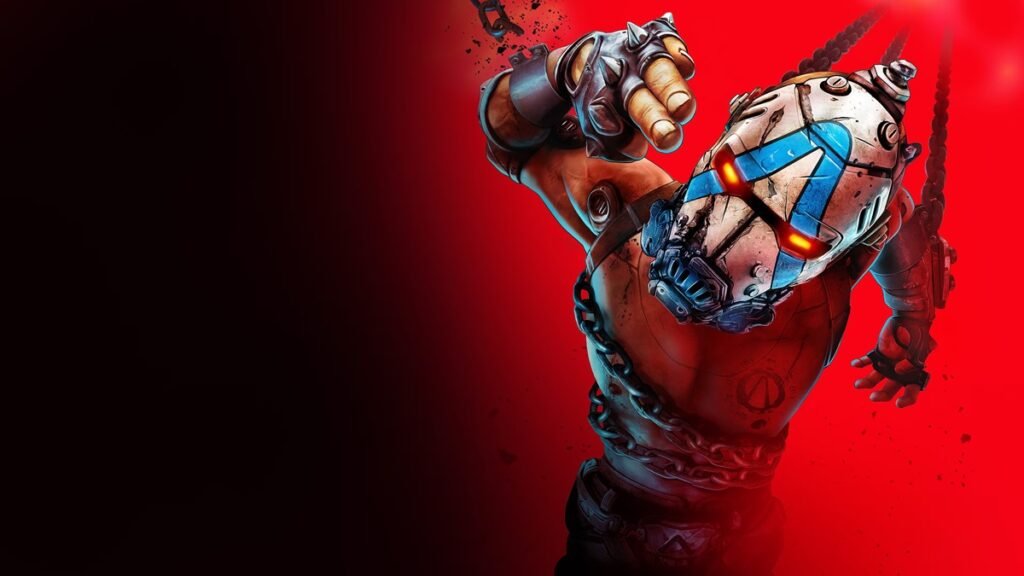The future of video games is grim. And it’s all because of Mario Kart World.
By all accounts, it looks to be an excellent entry in the series. I have a lot of personal affection for Mario Kart 8 Deluxe, but World looks to be a logical evolution for the series. And yet, many gamers, like myself, view it as an albatross of sorts, ready to crucify it for breaking an unspoken cardinal rule of the industry. While most major games in this generation have cost US$70, Mario Kart World is the first base video game to retail for US$80.
And with that, the floodgates open. This past week, Gearbox CEO Randy Pitchford said that Borderlands 4 could cost US$80 and “real fans” will pay that price. Then there’s Grand Theft Auto VI being rumoured to cost even more. Plus, with Microsoft and Sony raising base console prices, it seems likely they may take the $80 game plunge in the near future. With Nintendo breaking the seal, you better believe that most companies are now ready and willing to squeeze consumers for every last cent they’re worth.
It’s undeniably a bad omen for the gaming industry, one that could make enjoying the hobby demonstrably harder, but I personally don’t think that this is a trend that will last. In fact, I think quite the opposite. Due to this attempted price increase of new games, I think more gamers will turn away from AAA gaming en masse and start to focus more on the AA space. Gamers will flock to $50 games, and we’ll see more games gravitate toward that price point. Don’t believe me? It’s already happening.
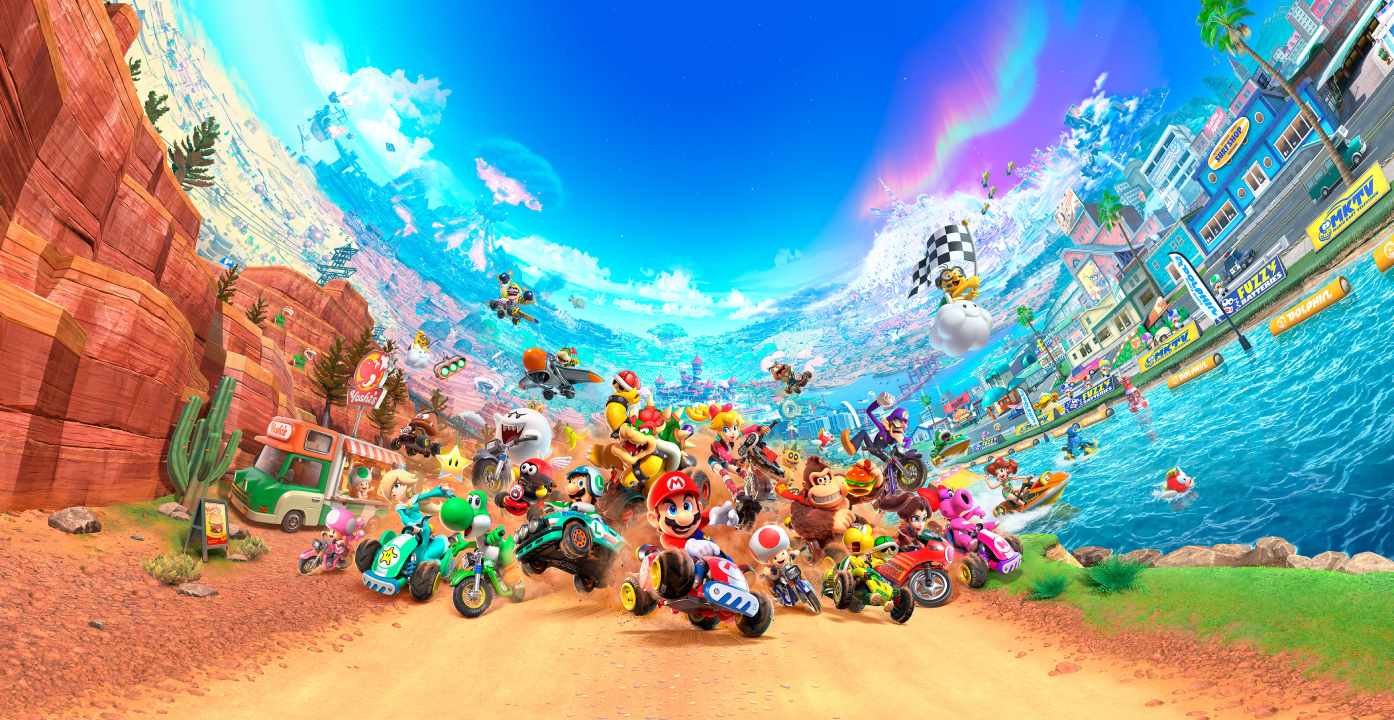
While it has only been 5 months since the beginning of 2025, most of the biggest critically and commercially successful games didn’t come from AAA developers. They didn’t even cost that much to begin with. If you were to ask me, the biggest games of 2025 have been what some call mid-tier games like Hazelight Studio’s Split Fiction, the remaster of The Elder Scrolls IV: Oblivion, and, of course, Sandfall Interactive’s Clair Obscur: Expedition 33. All huge successes, all costing US$50.
But why exactly are these games as successful as they are? Is it solely to do with their price tag? Of course, the obvious answer is that they’re just that good. They’re each wonderful representations of their genres, and the fact that they’re US$50 each just happens to be a coincidence, but by selling all of these games at that price, it also means these games are far more accessible than most AAA offerings.
Consumers will be drawn to a game with a cheaper price. That’s just a fact, and it’s no surprise that all three of these games had excellent sales reports. Split Fiction sold over 4 million units since its March release and far exceeded EA’s expectations. Oblivion reached that number in three days and is now one of the best-selling games of 2025. Clair Obscur: Expedition 33, which is a new IP, sold 2 million units in less than two weeks. It’s logical to assume that there’s a correlation between each of these titles’ prices and the speed at which they sold. More people can justify buying a US$50 game than something that costs more.
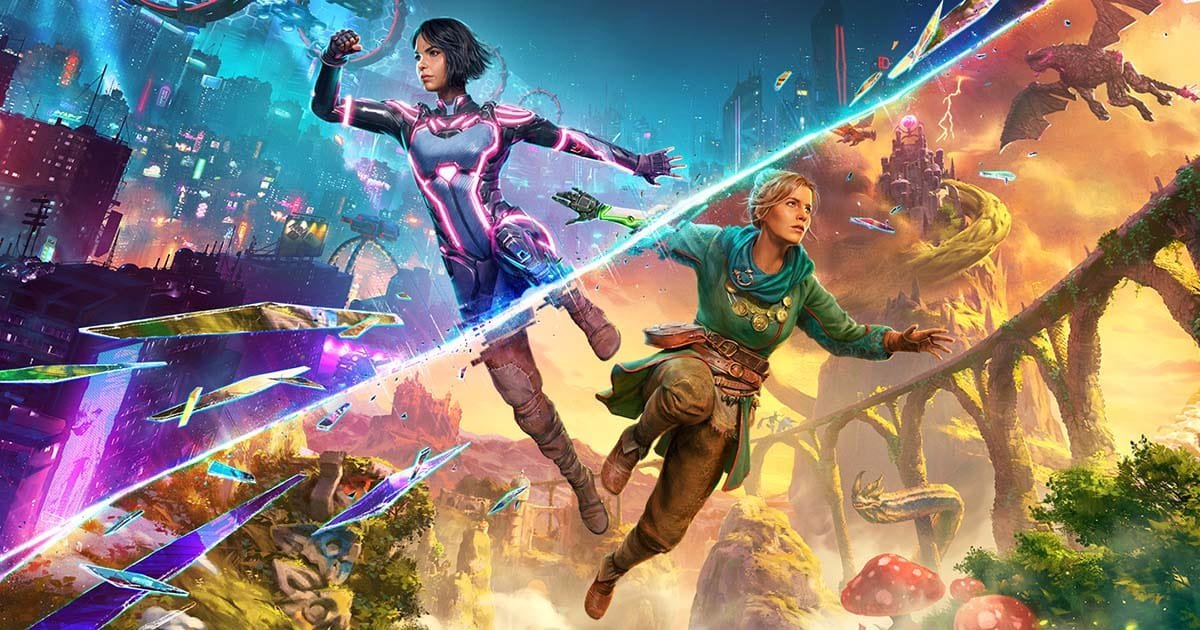
It’s clear that AAA publishers are aware of this, as they always seem to be on their back foot when justifying US$80 games. Randy Pitchford has been confrontational saying that fans will just have to suck it up, with some fans taking his own words and having them come from the mouth of Handsome Jack, one of the series’ primary antagonists.
Over at Nintendo, Doug Bowser has been on the PR trail, saying there’s enough high-quality content in Mario Kart World to justify the price, but that’s the thing – they’re justifying it. They’re attempting to prove why such a price increase is necessary, but the arguments they’re making aren’t convincing. One of the go-to ablatrosses of the gaming industry now is saying that production costs are so high that they need to raise the prices of games in order to turn a profit.
If gamers expect the biggest and most graphically advanced experiences, higher costs should be acceptable. That argument has plenty of logical fallacies behind it, like ignoring the revenue generated by live service games and the nickel and diming companies engage in via microtransactions and DLC, but let’s just take the argument as it is and say that for these larger games to exist, the price tag needs to increase. My natural response would then be, why are costs so high in the first place?
If costs are so high, a part of that responsibility should be shouldered by the publishers poorly managing their studios/staff. Take Ubisoft, for example. For years, the publisher has struggled with ballooning costs of its games, but these issues come less from the rising cost of making them and more from poor management. Skull & Bones took 11 years to make and was seen as a nightmare to work on, and the less said about Beyond Good & Evil 2, the better. Games shouldn’t take that long to complete unless there’s poor leadership, which ultimately eats at profits, so publishers are jumping at the $80 price point to gloss over their failures.
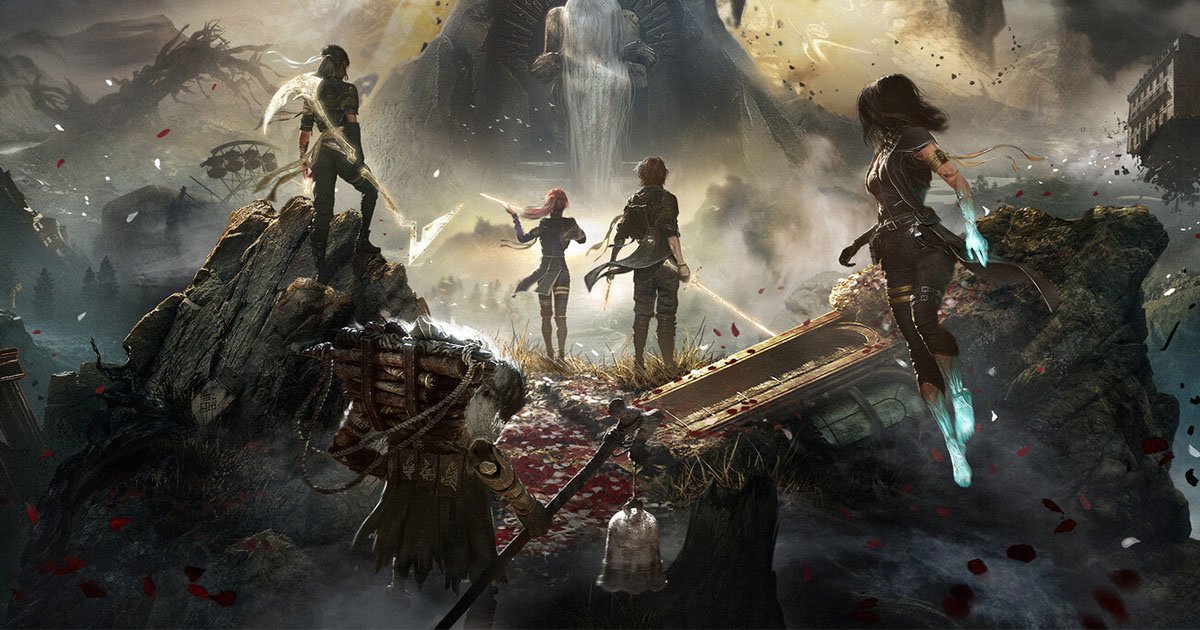
These US$50 games, at least at face value, don’t have egregious levels of mismanagement. By all accounts, all three of these games had relatively smooth development cycles. The core development teams for these titles were relatively small and worked within their respective budgets. Split Fiction did have the backing of EA, which definitely offset some of the costs for Hazelight, and Bethesda opted to go with a remaster of Oblivion rather than a remake, which probably reduced costs significantly, which was probably the smarter of the two choices.
But then you have Clair Obscur: Expedition 33, a true anomaly and a perfect example of the benefits of restrained production cost. It began development around 2020, had a relatively small group of core developers, hired people who weren’t charging an arm and a leg for their services, and had a modest marketing operation, relying mostly on positive word of mouth to catapult its notoriety into the stratosphere. Gamers didn’t need to be told that Clair Obscur: Expedition 33 was the next big game they needed to play. It simply was.
These modestly budgeted and priced games are a return to an era where not every game needed to be priced as an AAA experience. In the mid to late 2000s, game prices varied significantly, with titles like Persona 4 retailing for US$40, and a AAA Nintendo game like Super Mario Galaxy could cost US$50.
It was all based on the needs of development. Now, companies are beginning to push the US$80 narrative as an act of desperation to keep the illusion of success alive for another year or two. But they forget one key fact: they can set the prices, but we don’t have to buy them at that price, Randy. In fact, players may actively ignore you until you meet them at their level.
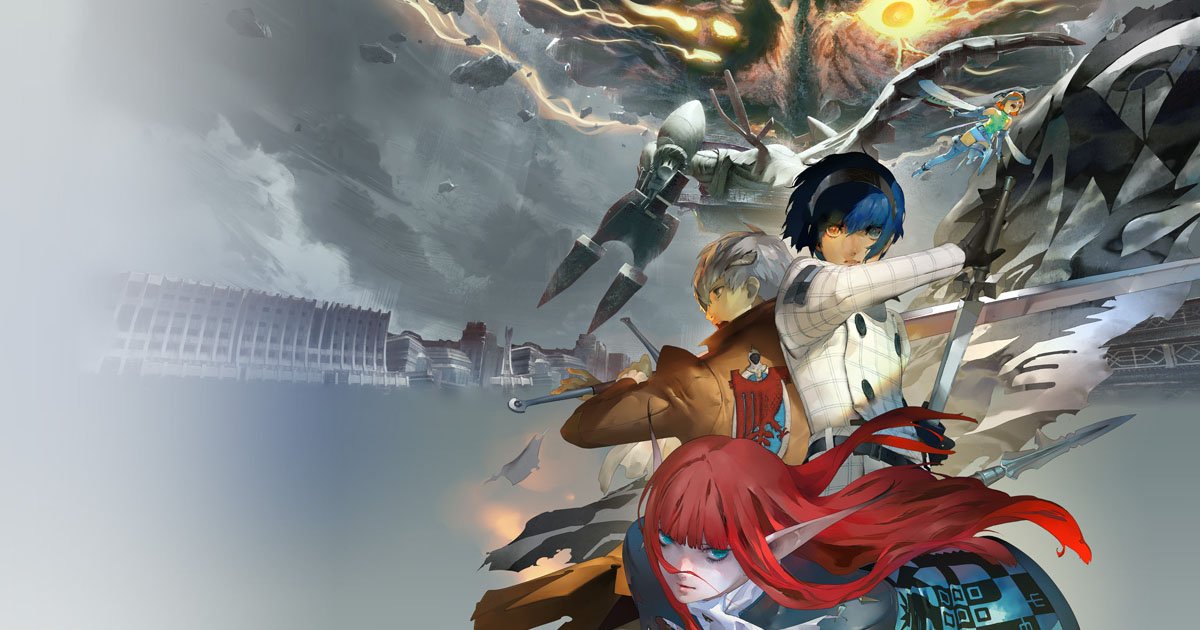
Some will gladly wait months, if not years, for a game’s price to fall enough into a range we see as desirable. I can only speak for myself on this, but after the release of Metaphor: ReFantazio, I knew that it would be discounted not long after its release, given how quickly Atlus and SEGA love to discount their games in time for the holidays.
I grabbed it for $50 shortly after its release. Did I miss out on anything by not playing it immediately when it released? Not at all. And now I have one of the best games of 2024 for a much fairer and affordable price. All it takes is a single sale and/or price cut, and the US$80 price tag completely crumbles. And if sales lag for Borderlands 4 of Mario Kart World, the price point will be seen as a failure.
Like always, the power lies with the consumer. We have the power to say whether they will accept a US$80 price tag or not. While companies may say it’s necessary, games like Split Fiction, The Elder Scrolls IV: Oblivion Remaster, and Clair Obscur: Expedition 33 prove that isn’t the case. Mid-tier games are just as viable as AAA ones, and if more players realise that there are more affordable and better options than the ones companies like Nintendo and Take-Two are pitching, then the industry will be healthier.
It’s also interesting that Mafia: The Old Country’s developer, Hangar 13, is loudly proclaiming that it will sell the game for US$50, seeing that it falls under the 2K Games and Take-Two umbrella. Mixed messaging there, but it’s different games and that means options for players to choose.
Whatever the case is, it is clear that US$50 games are back. Don’t let companies tell you that $80 games are the way of the future. Make them cut their prices. Make them come to you. The consumers have, and always will have, the power in this equation. Make the publishers remember that fact.

